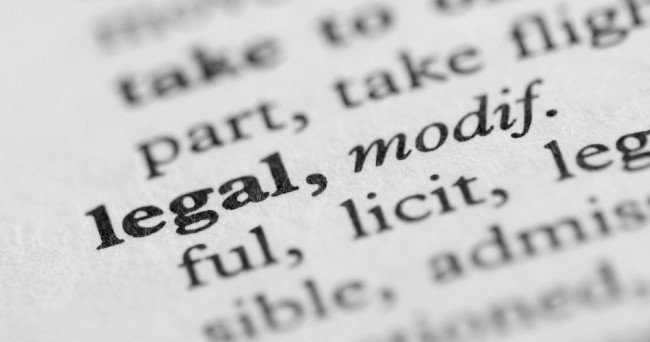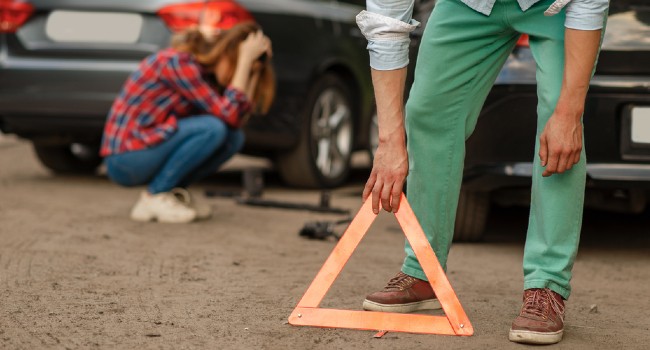
If you are planning to file a personal injury claim, knowing the following things can help lead you to a successful outcome. Of course, there is no guarantee on that, but they can help you avoid making costly mistakes that may limit what you can recover or get your claim denied or dismissed.

When you have been seriously injured in a car accident, it could take months before a settlement amount is agreed upon and the negligent driver’s insurance pays it out. In the meantime, medical bills are piling up.

Witnesses to a car accident are asked to provide a statement about what they saw before the accident occurred, as it was occurring, and after. These statements can help corroborate your claims and the supporting elements of causation and liability, helping you prove the other driver was at fault. However, if they are not seen as a credible witness, they may end up hurting your case rather than helping.

In a personal injury claim, evidence comes in many forms, from police reports to witness statements, physical evidence, medical evidence and more. Having the proper medical evidence is key in proving your injuries, the cause and severity and includes every medical correspondence generated — from your initial doctor’s visit to your final treatment.

When talking with personal injury lawyers, you will notice that they use legal jargon when speaking with you and others involved in your case. Some attorneys may explain the terms; however, others may not realize you do not know what they are talking about. For the lay person, it can be confusing so here are some common personal injury terms to know.
Questions? Call us at (877) 284-6600.

When pursuing a personal injury claim, having the right documents is crucial and will depend on the details of your accident and injuries. This guide will help you understand what documents your attorney might need.

When you are involved in a motor vehicle accident where the other driver is negligent, you have the right to pursue financial compensation from that driver. What happens when, instead of stopping, the other vehicle takes off and leaves the scene of the accident? You become the victim of a hit-and-run driver.

Pursuing a personal injury claim? It can be beneficial to be familiar with the types of evidence that may be needed to help substantiate your claim. For starters, evidence can be broadly classified into two categories – physical (tangible evidence) and non-physical.

If you were injured in an accident at the hands of another, would you feel comfortable talking with a personal injury attorney? Many do not. Many misconceptions surround the field of personal injury law – enough to keep some people from pursuing and filing a claim.
Do you wonder if your injuries are serious enough to make a claim? Maybe you think others will perceive you as greedy. Or, maybe you think it will be too expensive just to sit down and talk.

Being involved in a car accident means a myriad of details to manage and evidence to gather. One document you need to obtain is the police accident report. Written by the investigating officer, this report contains the officer’s observations, notes, and sometimes opinions about fault. It can be an important document should you decide to pursue a personal injury claim.